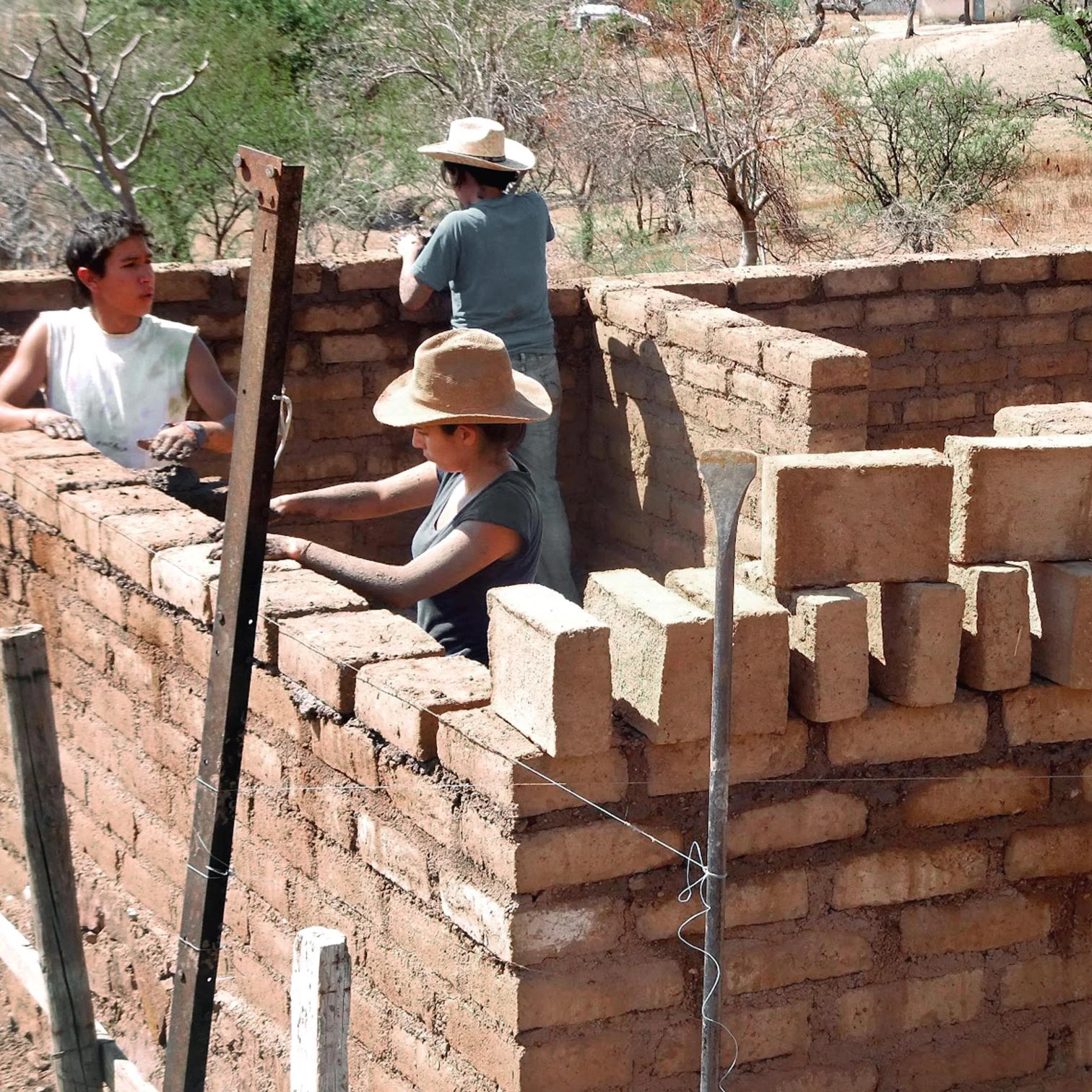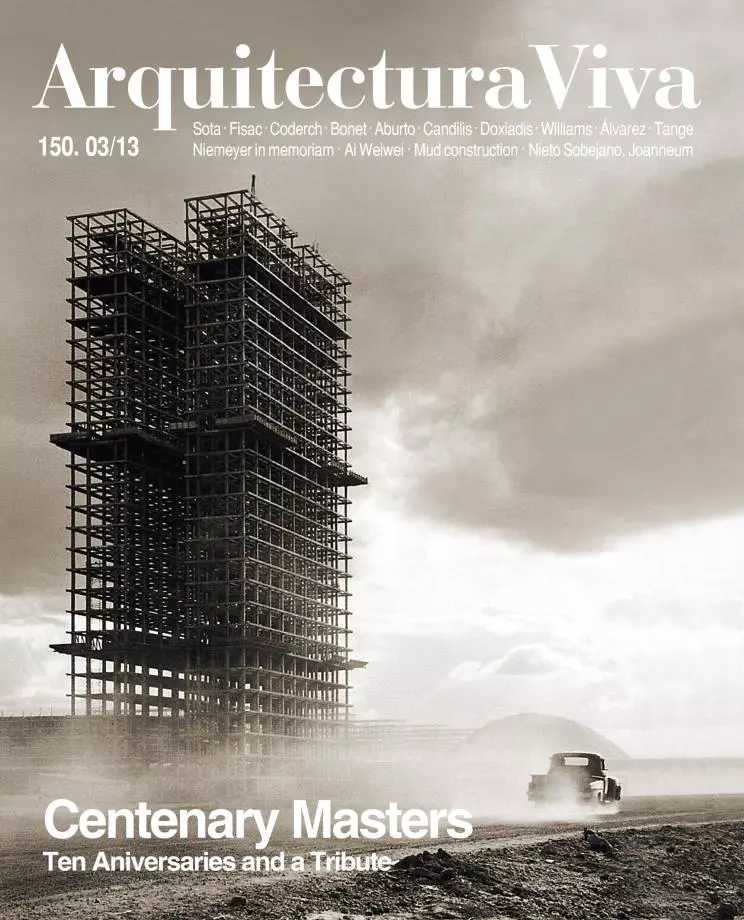BTC System
Compressed Earth Blocks

Compressed Earth Block (CEB) is a building material that is habitually used to raise walls using conventional construction techniques. It can come it different sizes, but the most common one is 15x15x30 centimeters. The most unusual aspect of the CEB is its composition: it is made of compacted earth.
The earth used to manufacture compressed earth blocks contains a certain degree of moisture, and once it is poured into a formwork of the size of the final piece it is submitted to a compression strength that renders it compact, generating a solid block with a sufficient degree of cohesion and resistance to be comfortably manipulated. By applying compression strength the mechanical resistance of earth is improved and at the same time the porous structure of the material is altered, the volume of the pores is reduced and the apparent density is increased. The Proctor compaction test helps to accurately determine the optimal compaction in relation to the degree of moisture in the earth by determining the maximum density that can be reached in specific humidity conditions. Compressed earth blocks can be made manually (self-built) or by means of different mechanical systems, which are more versatile and efficient.
Compressed earth blocks are frequently used to build individual houses in places with a warm climate or to raise auxiliary structures located in rural regions. In developing countries they are made by hand while developed countries where CEB construction is used resort to mass-produced technological processes with compression through hydraulic mechanisms. The rammed earth system consists of building walls by compressing raw earth in layers in large-size trays (2.00x1.00 and 0.80) that perform as recoverable formworks.
The most adequate type of earth to build compressed earth blocks is that containing between 50% and 70% sand and 15% and 20% clay, stabilized through the compaction process or by adding aggregates such as limestone or cement in an average proportion of 5%-10% in weight. Compressed earth blocks use ‘raw earth’ as ingredient, thus avoiding the traditional baking process used in the case of ceramic. This characteristic is essential to make this material sustainable, because no polluting gas is produced during the manufacturing process, and it avoids using non-renewable resources. Aside from being a material with a low-energy cost throughout its entire life-cycle, the compressed earth block is 100% recyclable in the case of the blocks stabilized only by compression, and highly recyclable in the case of those stabilized with 5% aggregate.
The compressed earth block is a material that has a low commercialization rate on a global scale, although in some areas its production process has already been industrialized. Today it is manufactured with two priority purposes: as a low-cost material for the construction of social housing in countries in need of basic dwelling solutions, and as a material with a marked environmental character in developed countries that are interested in applying more ecological and sustainable construction techniques.





